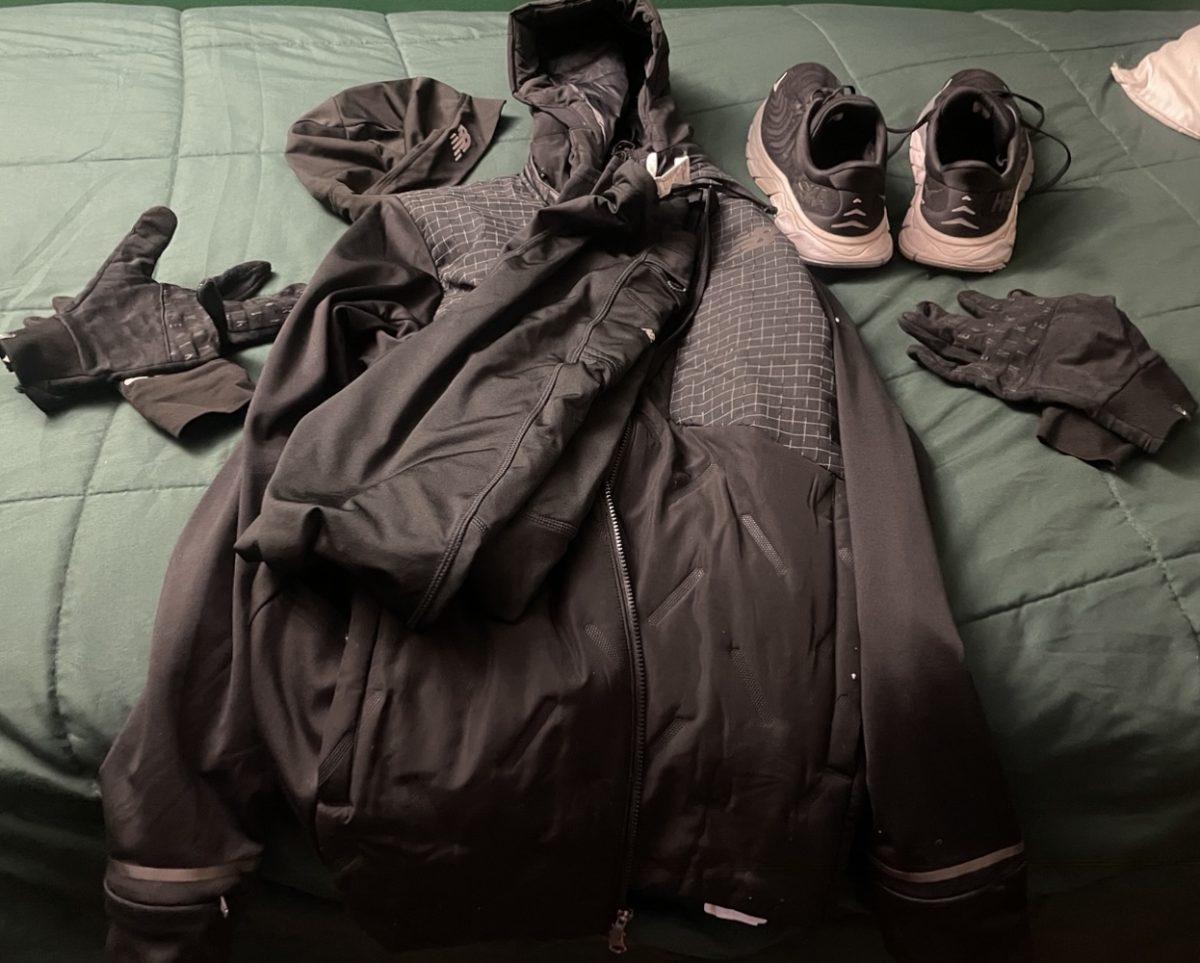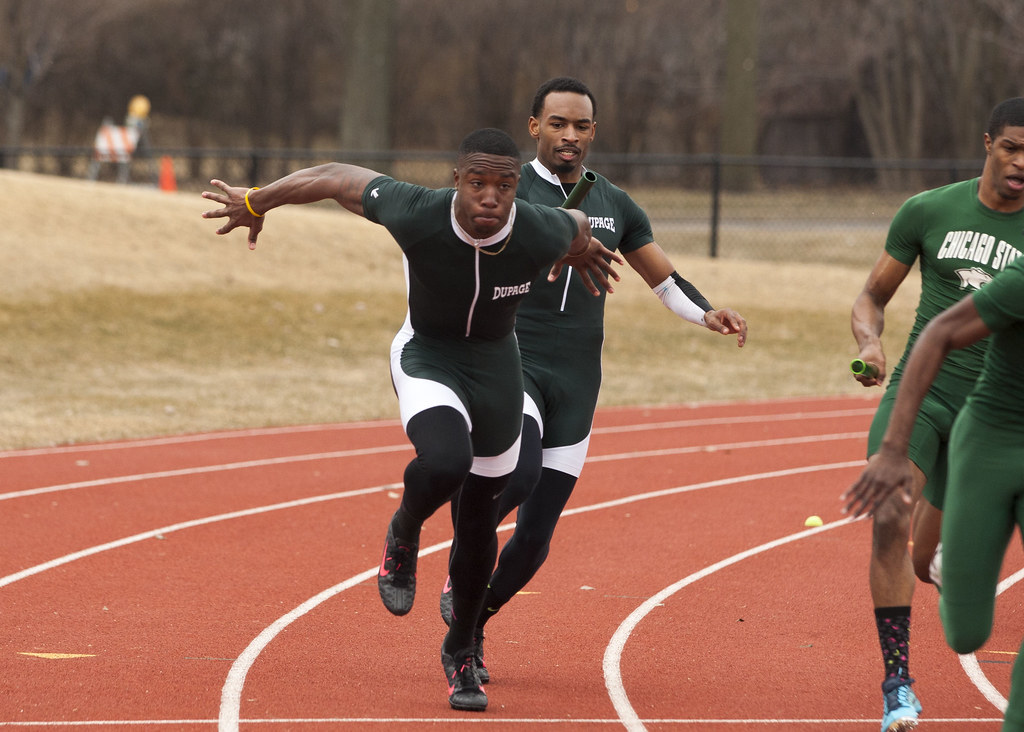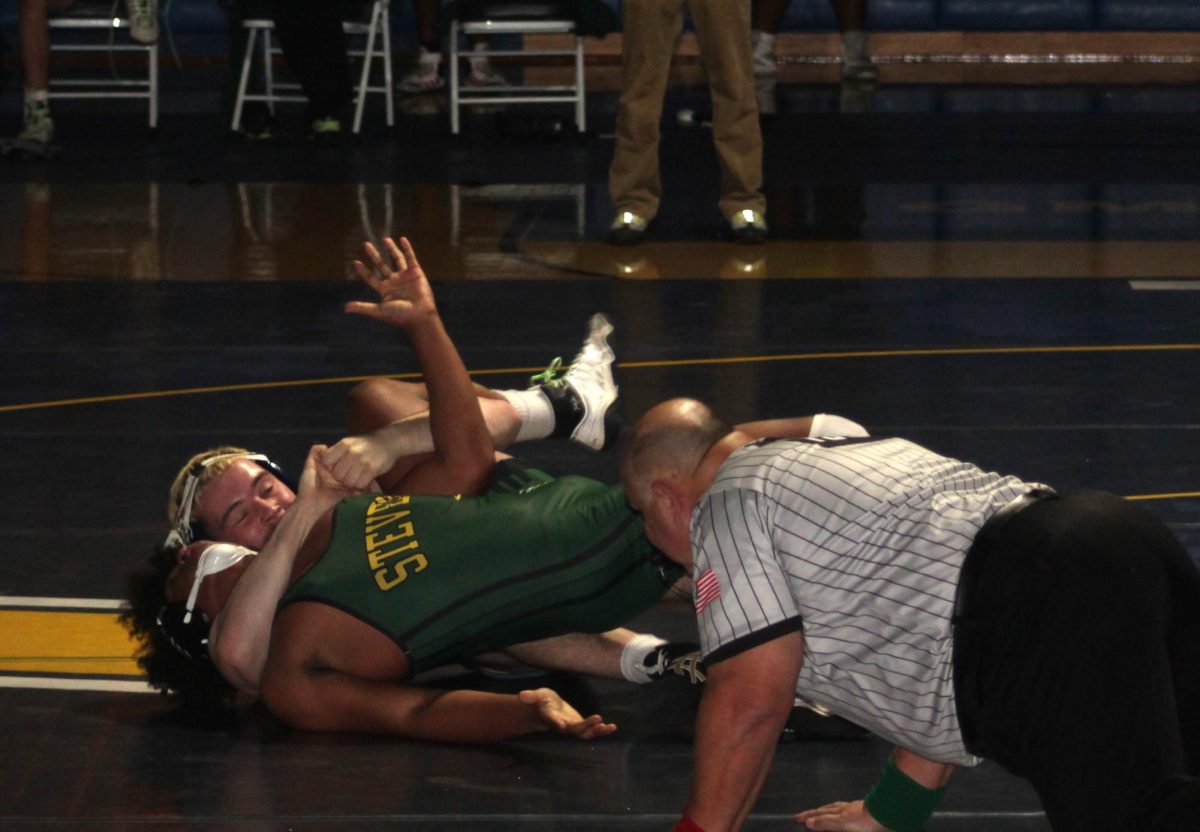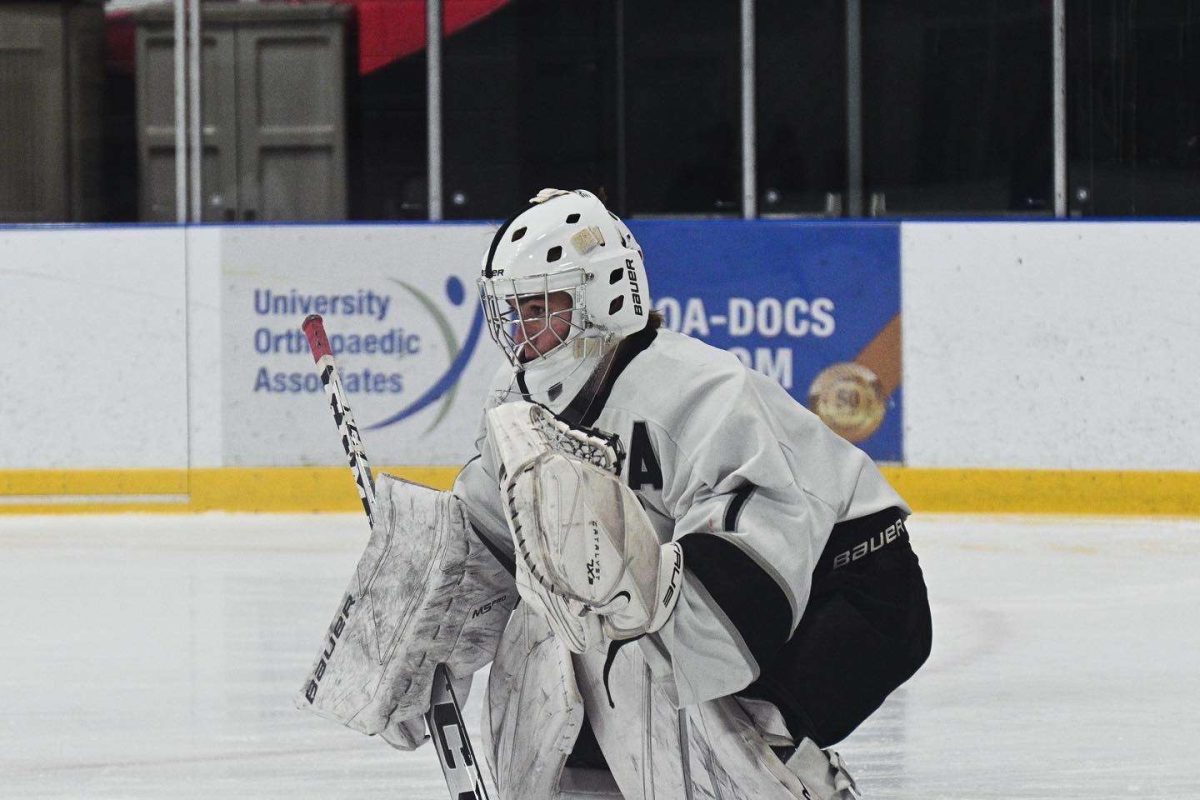When it comes to winter training for high school distance runners, there are typically two types. There are those that run Cross Country, Indoor Track and Outdoor Track and those that take the indoor season off. Winter training is a highly debated topic among many high school distance runners
Some runners that don’t race in the indoor season don’t do it because their state doesn’t offer it. More commonly, they just simply feel that racing for three seasons just isn’t the path to successful distance running. This is a look at how high school track runners can implement winter training whether they race Indoor Track or not.
Highly successful Cross Country teams run from the summer all the way into December for Nike Cross Nationals. Many coaches believe that it’s nearly impossible to race at a high level 3 seasons in a row.
Bill Aris is the coach of the Fayetteville-Manlius High School team that has consistently made NXN over the years. He follows a philosophy implemented by legendary distance coach Arthur Lydiard. This philosophy involves breaking the year into two seasons(Cross Country and Outdoor Track). They focus on building their runners aerobic base at the beginning of each season.
After a short break from Cross Country season, his runners get back to training and build a base. They do the same thing in the summer prior to Cross Country. It’s never easy to run in the winter especially here in the Northeastern states like New Jersey or New York. However, as long as you wear enough layers you can usually run in any weather that comes your way.
His runners do strength work for resistance training but the harsh winter winds provide resistance training to a certain degree. Snow can also be beneficial by providing protection to the joints. Even though running on it is much harder than running on a dry surface, it provides cushioning on the asphalt.
Lack of winter competition can be a good thing. Many coaches spend the time rebuilding their runners aerobic base while adding in some tempo runs and hard workouts. Tempo runs are typically 3-6 miles long at 80% effort depending on your event. Coaches can also use the winter to work on form, technique, strength and circuit training to help prevent injury.
How to stay mentally tough in the winter
While it is easy to talk about what training to do in the winter, running in such harsh weather is mentally challenging.
As the temperature drops from October to February, runners often stay indoors or simply layer up and continue running outdoors. Despite what some believe it is very possible to run through the weather and even have fun while doing it.
According to Runner’s World , one way to make your winter runs more enjoyable is to find a teammate to run with. This can make it easier and help you be more motivated to get out the door.
If you are running individually in the cold you can remind yourself that running in these conditions will make racing that much easier. You do, however, have to make sure you are dressed properly for whatever weather you are dealing with. If the temperature is in the 30s or lower, you will likely have to layer up. Wearing thermals and a light jacket, especially if it is windy will keep you warm. It is better to wear gloves with thin fingertips so that you can easily adjust any electronics you have on you(watch or a phone). Try to keep your core warm and your arms and legs flexible.
Before going out in the cold weather, consider applying Vaseline to any exposed skin to prevent potential frostbite.
Another precaution to take if you’re running in a winter afternoon is to make sure you are visible to any cars in the street. It gets dark fast in the winters so it is important that any drivers can see you if you are running on the roads. Wearing a visibility vest and other various reflective gear can help you avoid the danger of being hit. Also make sure you are wearing a headlamp so that you can clearly see what is in front of you.
An effective mental trick is to get out the door as fast as you can and before you get a chance to even think about how cold it is. Leaving your warm house to go out into the cold weather is possibly the most difficult step.
The hardest part of the winter weather is often not the low temperature but the relentless winds. You can try to run in the opposite direction of the wind if you are really trying to avoid it, however, you will often wind up running in that direction at some point. When running into a strong headwind and trying to hit a certain pace, you will have to adjust your effort to do so.
When running in the cold, be sure you are wearing the right shoes and try to stay positive about the less than ideal situation. If you are only thinking about how unpleasant the conditions are, you will have a bad run. You can’t control the weather but staying mentally tough and having a positive attitude about it can make it easier and more enjoyable.
















